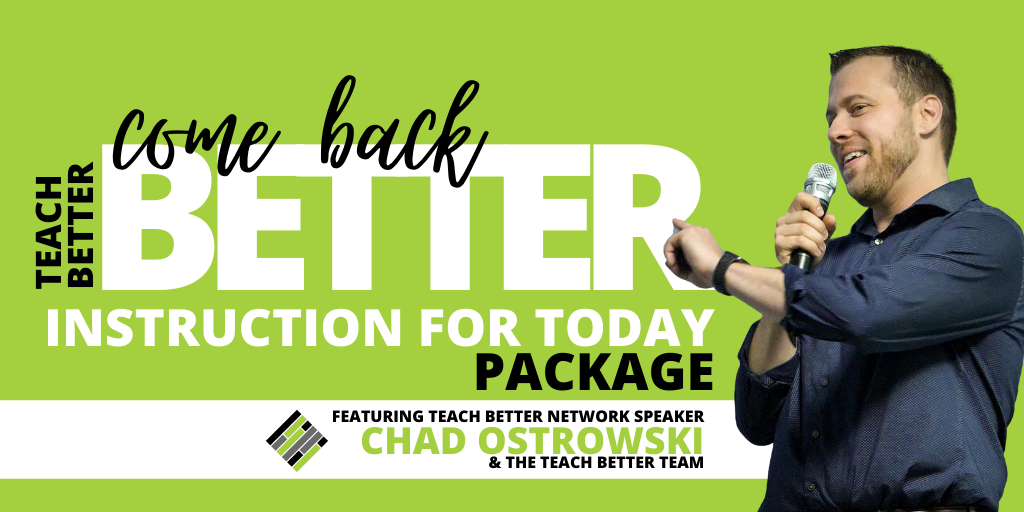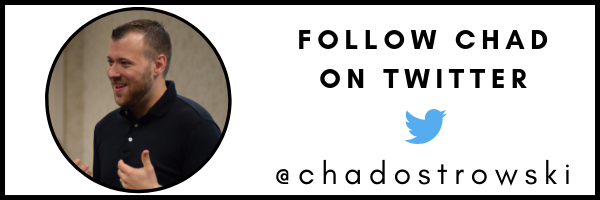TL;DR:
- This post shares 3 ways mastery learning can fix learning loss.
- Mastery and instructional frameworks allow students to work at their own pace. They help shift the focus to supporting learners wherever they are at.
- Mastery changes mindset. It accounts for learner differences. And it provides a framework where targeted and tiered instruction is built in.
Let’s be honest, learning loss is something that every school or district worries about after breaks, holidays, and especially over summer. The events of 2020/21 and the emergency remote learning required to keep any semblance of learning for students going have completely reshaped the problem. Every school in the United States and nationally that has dealt with the pandemic is now searching for a solution. I’m here to tell you that mastery learning can help. Here are 3 ways mastery learning can help schools come back better than ever and maintain student growth while teachers and students thrive!
1. Mastery Learning Changes the Mindset.
One of the biggest issues with a focus on “loss” and “gaps” is just that. This deficit-focused mindset sees students and learners as behind rather than just where they are. Mastery focuses on meeting students at their current level of understanding and growing them from there.
This is the mindset every educator needs to have as we return to any notion of normal in the future. If we rush to judgment and labeling students as “behind” or “ahead” using arbitrary grade levels, descriptors, or standards, we are creating an environment that will no doubt rush to catch them up. This will only make the problem worse and the aforementioned “gaps” larger.
By creating focused and tiered learning targets, pathways, and progressions, we can facilitate, motivate, and monitor student improvement over time with a laser focus on growth and achievement. Click To TweetMastery and instructional frameworks that allow students to work at their own pace can help shift this focus to supporting learners wherever they are at and focusing on growth over gaps. If educational institutions holistically focus their efforts on identifying students’ needs, meeting them where they are at, and growing them from there, we will all be better for it.
2. Mastery Learning Accounts for Learner Differences.
Assuming that all students experienced the same loss or gain in learning over the last school year (2020/21) is dangerous. Without identifying where gaps may exist or where an individual student’s progress in learning is, we are essentially guessing.
Mastery learning supports the identification and clear measurement of a student’s current knowledge and then continues to measure that growth in knowledge utilizing things like daily progress monitoring.
This helps with daily intervention and instructional adjustments. It also naturally accounts for differences in student learning, pacing, and progress.
[scroll down to keep reading]3. Targeted and Tiered Instruction is Built In.
Mastery learning, above all else, is filled with best practices from formative assessment to standards-aligned instruction, and personalized learning. All of it can be utilized with the foundation of mastery solidly in place. If we are going to address learning loss, it is going to take a focused approach utilizing the best practices we have.
By creating focused and tiered learning targets, pathways, and progressions, we can facilitate, motivate, and monitor student improvement over time with a laser focus on growth and achievement. By tiering instruction utilizing taxonomies like Depth Of Knowledge, we can cohesively support long-term progress of learning.
Many teachers were able to seamlessly adjust and thrive during remote, hybrid, or continued in-person learning during the past school year. Using mastery frameworks like The Grid Method helped them implement best practices in education and continue learning with all of their students regardless of delivery method or environment.
Utilizing these same frameworks and mastery-focused methodologies will help educators address learning loss moving forward as well.
Click here to see the full blog series!
About Chad Ostrowski
Chad Ostrowski is the co-founder of the Teach Better Team, and creator of The Grid Method. He is also a co-author of the Teach Better book. But Chad is a middle school science teacher at heart. He now travels the country sharing his story, working with teachers, schools, and districts to help them to reach more students. Chad is also a member of the Teach Better Speakers Network.




